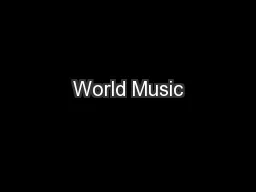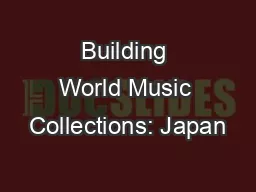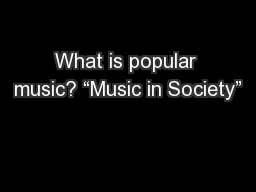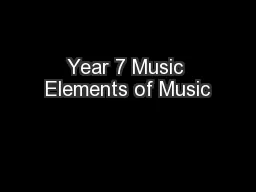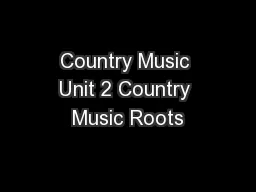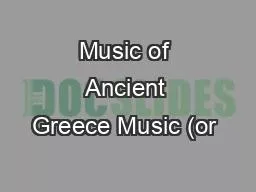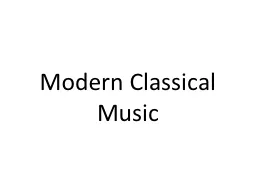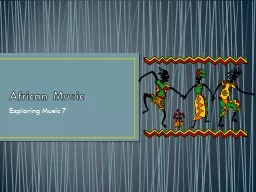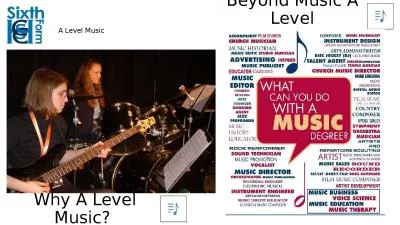PPT-World Music
Author : marina-yarberry | Published Date : 2016-05-03
Music from nonWestern Cultures Sitar Tampura Sarod Tabla Shehnai Vēṇu Harmonium Melody in Indian Music Traditional Indian music is generally melodic though
Presentation Embed Code
Download Presentation
Download Presentation The PPT/PDF document "World Music" is the property of its rightful owner. Permission is granted to download and print the materials on this website for personal, non-commercial use only, and to display it on your personal computer provided you do not modify the materials and that you retain all copyright notices contained in the materials. By downloading content from our website, you accept the terms of this agreement.
World Music: Transcript
Download Rules Of Document
"World Music"The content belongs to its owner. You may download and print it for personal use, without modification, and keep all copyright notices. By downloading, you agree to these terms.
Related Documents

